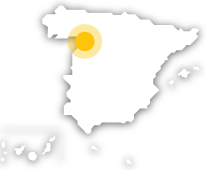
We suggest a trip that's particularly worthwhile. You're sure to agree. This is a journey of discovery where you'll learn all about the province of Zamora, in the Castilla y León region in inland Spain. Although it may look like a small area, there are so many things to do here, a week won't seem long enough. Prepare to hear wolves howling, see your reflection in the waters of an enormous glacial lake and a river enclosed between walls soaring 200 metres high, and capture with your camera the greatest concentration of Romanesque art in the world. Here are the 10 key points in Zamora that will win you over:
Debe activar Javascript para poder utilizar este servicio
-
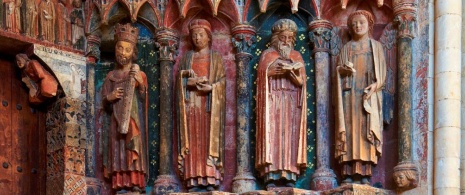
10Lovers of history, come hither!
You'll find archaeological remains, a Roman past, and the chance to take a nocturnal tour of the illuminated Romanesque and Art Nouveau buildings around the city of Zamora. But you'll also be able to see Toro's collegiate church of Santa María la Mayor and its famous portico of La Majestad, learn about courtly intrigues at the castle of Puebla de Sanabria, visit the fascinating medieval monastery of Santa María de Moreruela, the churches and the Parador de Benavente and see charming traditional mountain villages like Fermoselle.
-
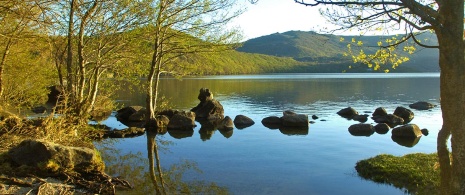
10Breathtaking landscapes
Hold on to your camera, because it may fall from your hands as you gesture in amazement. There are four key natural spaces: Arribes del Duero (a canyon carved out by the river Duero with walls over 200 or even 400 metres high, where you can take a cruise), Lago de Sanabria (the only glacial lake on the Iberian peninsula, where legend has it that on the Night of San Juan (23 June) you can hear the peal of the bells from the village submerged beneath its waters), Lagunas de Villafáfila (lakes where thousands of migrating birds stop for a rest), and Sierra de la Culebra (home to the greatest density of wolves in Spain).
-
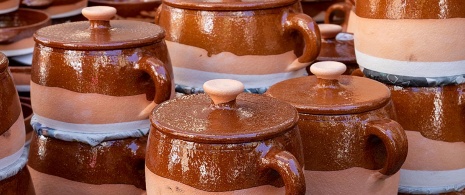
10Land of artisans
The souvenirs we buy on our travels always look great back at home. We recommend checking out these three places in Zamora, although there are many more. Moveros still conserves an old pottery-making tradition, and you'll find water jugs, casserole dishes and its most unusual piece: a "cantarilla" (jug). Also interesting is the pottery of Pereruela, where the casseroles and ovens are made with excellent clay. And you can't leave Carbajales de Alba without one of its colourful embroideries. Not to mention the ceramics workshops in the area around Arribes del Duero Natural Park, and the toyshop in Fermoselle.
-
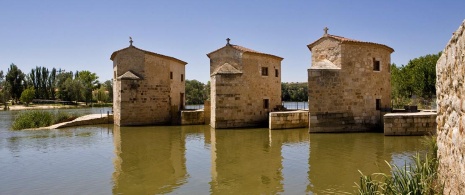
10In the traditional way
That is how a number of popular constructions are made and conserved in Zamora. We can highly recommend taking a fun and interesting excursion to visit old watermills, ancient huts, dovecotes and barnyards; not to mention the curious "curtains" –stone barriers embedded in the ground that serve to delimit the different properties and create a very distinctive landscape. And on the subject of traditional dress, here's a curious fact: women from the Tierra de Alba area wear an embroidered costume which has not changed since the 16th century.
-
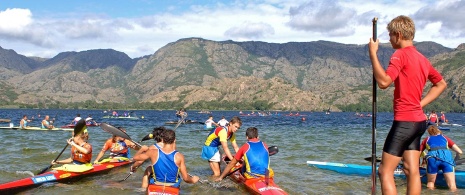
10A little action
The natural attractions of Zamora can be enjoyed in various different ways. You can opt to go biking through landscapes full of lakes, Roman remains and fields of grain. Or do you prefer water sports? If so, there are opportunities for water sports on some of the reservoirs. In winter, there's a snow shoe route that starts from the lake of Laguna de los Peces. And what about trekking up to the pool at the San Martín cave, or hiking along a Roman road? Remember too that Zamora stands on famous routes like the Silver Route and the Way of Saint James.
-

10Another temptation
One of Zamora's great attractions is its cuisine. There are so many delicious recipes! You could start with an appetizer of chorizo or a good cheese from Zamora, or even visit a factory in Toro and try cheese with wine, honey and hot spice. Then there are chickpeas from Fuentesaúco, veal from Aliste, milk-fed lamb from Castilla y León, wild mushrooms, peppers from the Benavente valleys… There's so much to choose from. And for dessert, how about some delicious cañas (tubes of puff pastry filled with crème pâtissière).
-
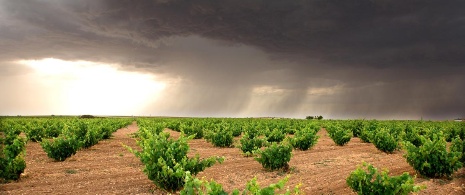
10Raise your glasses to the land of wine!
Zamora’s wines have four Designations of Origin: Vino de Toro, Vino de Arribes del Duero, Valles de Benavente, and Tierra del Vino de Zamora. However, the wine from Toro has been the best known throughout the history of Spain; the first references to this wine date from the 12th century, and it is mentioned in works of literature such as La Celestina. In fact there are over 50 wineries in the Toro area dedicated to this wine, offering tasting sessions and the chance to enjoy the wine harvests, learn about vine growing, or take informative tours of the vineyards. There's even a Wine Museum in Morales de Toro.
-
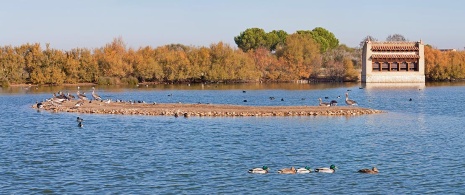
10Grab your binoculars
Just in case you miss any detail when watching this assortment of wild animals in their natural habitat, including foxes, wolves, roe deer, and red deer. There are companies that organise wildlife-spotting tours, including breakfast in the heart of nature. These tend to take place in late September to coincide with the impressive mating rituals of the red deer. And if you're a birdwatching enthusiast, why not head for the Lagunas de Villafáfila lakes, or Los Arribes del Duero, the home of the black stork. Or would you prefer to gaze at the starry skies? You could sign up to observe the stars with the Agrupación Zamorana de Astronomía (Zamora Astronomy Association).
-
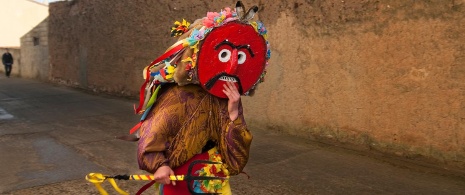
10Join in the fun!
You're going to Zamora in winter? Then you're bound to have fun at the masquerades. Don't be alarmed if you see diabolical creatures wearing masks and accompanied by cowbells! If you're there in spring and autumn you'll see the popular processions, when crowds of townspeople accompany the Virgin along a route steeped in emotion. Other attractions include the bullfighting festivals and of course the Easter week commemorations. The most moving is the one in the city of Zamora, which has also been declared an event of International Tourist Interest.
-
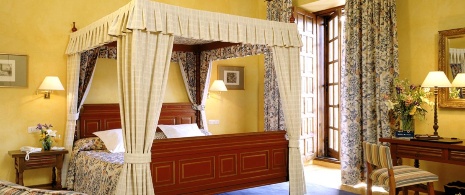
10Five more minutes…
This is what you'll think when you're curled up beneath the sheets in your bed in any of the accommodation options in Zamora. You'll find hotels to suit everyone (some of them with their own winery and spa service) and a complete network of rural tourism accommodation. The country houses in Zamora are extremely inviting, and many offer outdoor activities as a way to learn more about traditional local lifestyles, horse-riding excursions, the chance to see donkeys from Zamora for younger visitors, how a traditional loom works…
